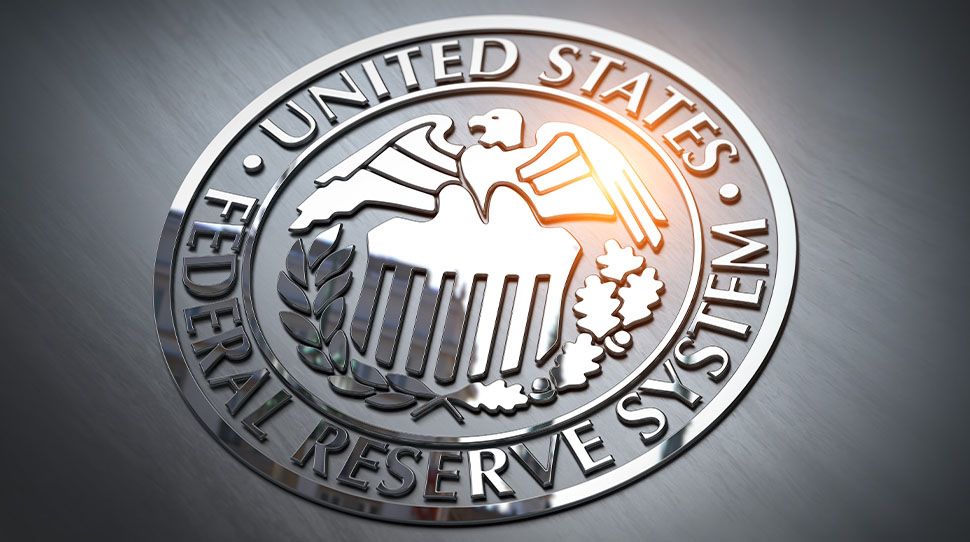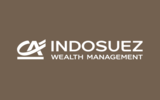The rebound that wasn't

Monthly House View - September 2022 - Download here [EN]
Monthly House View - September 2022 - Download here [CN]
In the end, it was a calm summer on the markets with a fairly symmetrical rebound to the downside in long yields and to the upside in economic surprises in the United States. This summertime lull ended a few days before the meeting of central bankers at Jackson Hole, where Jerome Powell confirmed his plan to raise rates and prioritise inflation.
There was also something paradoxical and precarious about this summer rebound. The United States benefited from both more moderate- than-expected inflation (the July price index did not rise further versus the previous month and the annual inflation level stabilised) and a healthier- than-anticipated labour market. But the end result of better economic data would be to stop the downward trend in long yields that began in mid-June and thus rekindle fears about the Fed’s actions. The very nature of the rebound raised questions about its sustainability in mid-August: low volumes, little or no major flows from traditional investors, and a rise that was ultimately achieved through short term options.
A more complex reality and a more challenging medium-term trend are also hiding behind the window dressing of positive economic surprises. First, a comparison of US and European growth presents a misleading picture of a reality that could reverse: US GDP has been contracting for two quarters while European growth remains entrenched in positive territory. This is expected to reverse, with a short but likely inevitable recession in the Euro Area, and, in contrast, US GDP set to rise in the third quarter after a contraction stemming in part from non-recurring impacts on inventories. Second, despite its reassuring strength, the US labour market will eventually change direction (the Fed has announced and anticipated this) and the business investment cycle should start to be affected by tighter financial conditions.
Europeans should also be sceptical about the European Commission’s comments on the reality of gas restocking. Even a full restocking would only cover a quarter of the region’s gas needs, with the bulk still supplied daily by the pipeline from Russia despite the diversification efforts already underway.
The positive surprises from companies should also be taken with a grain of salt given the significant risk of short-sightedness. The strong second-quarter earnings season that fuelled the rise in markets this summer was driven largely by the energy sector, while the weak euro and inflation artificially boosted European companies’ revenues. Lastly, the scale of the share buybacks in the United States both confirms the importance of the shareholder return theme in a stagflationary period and raises questions about the sustainability of this trend and the reality behind the earnings without the accretion generated through share buybacks. The risk of a reversal of the earnings cycle is therefore always present although it appears it will take place later than expected. And, in the meantime, any risk of a rise in long term yields could weaken the equity market’s equilibrium valuation.
Summer hopes for an economy that can avoid recession and of a central bank that would immediately be able to temper its comments in response to stabilising inflation are therefore somewhat premature, and we believe caution is warranted this autumn. Other risk factors could also capture investors’ attention, between the upcoming congress of the Chinese Communist Party, tensions around Taiwan, the legislative elections in Italy, the conflict in Ukraine and the mid-terms in the United States.
We are therefore ingrained in a structurally higher volatility regime, which investors will have to both get used to and adjust to, without envisaging a rapid return to the pre-pandemic cycle regime. The time is therefore ripe not so much for chasing short term market rebounds, but rather for identifying long term sources of real returns.
Monthly House View, 02/09/2022 release - Excerpt of the Editorial
September 09, 2022




